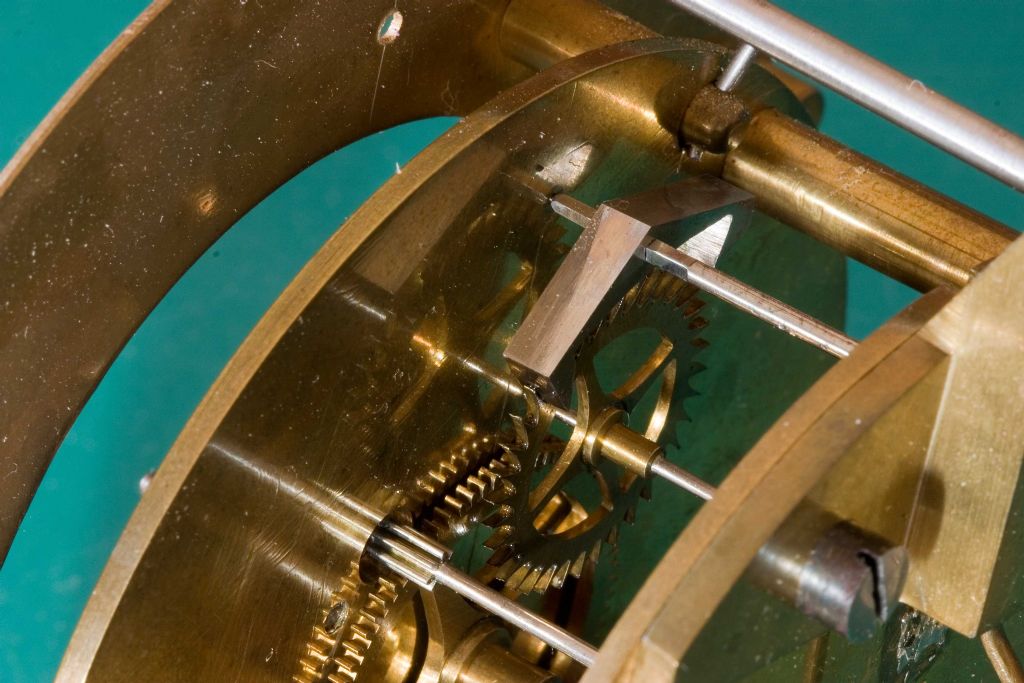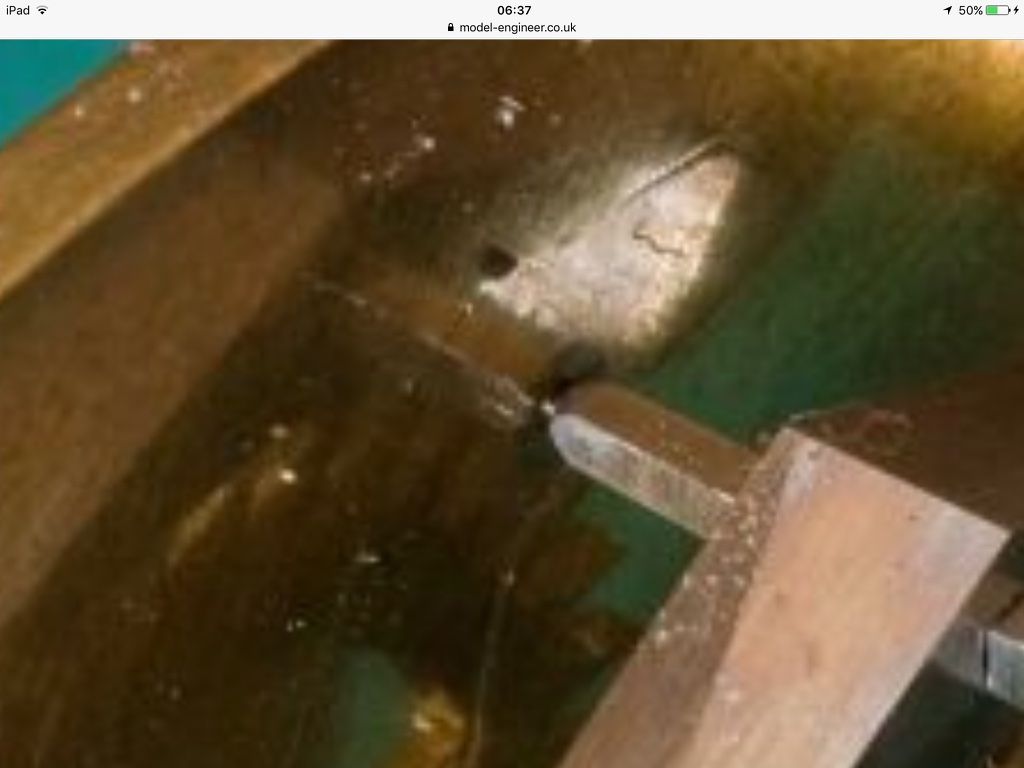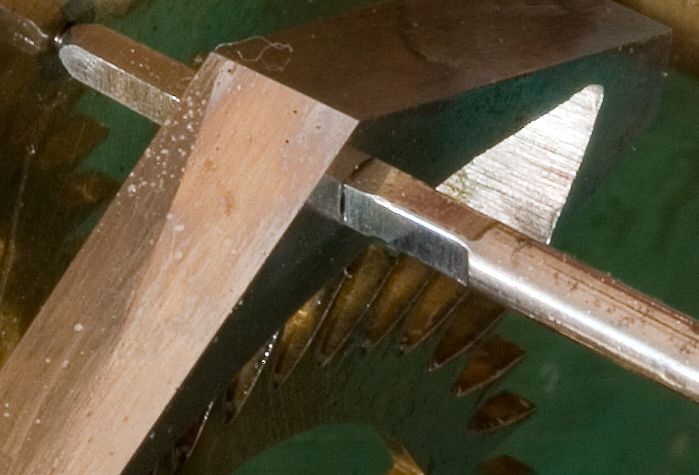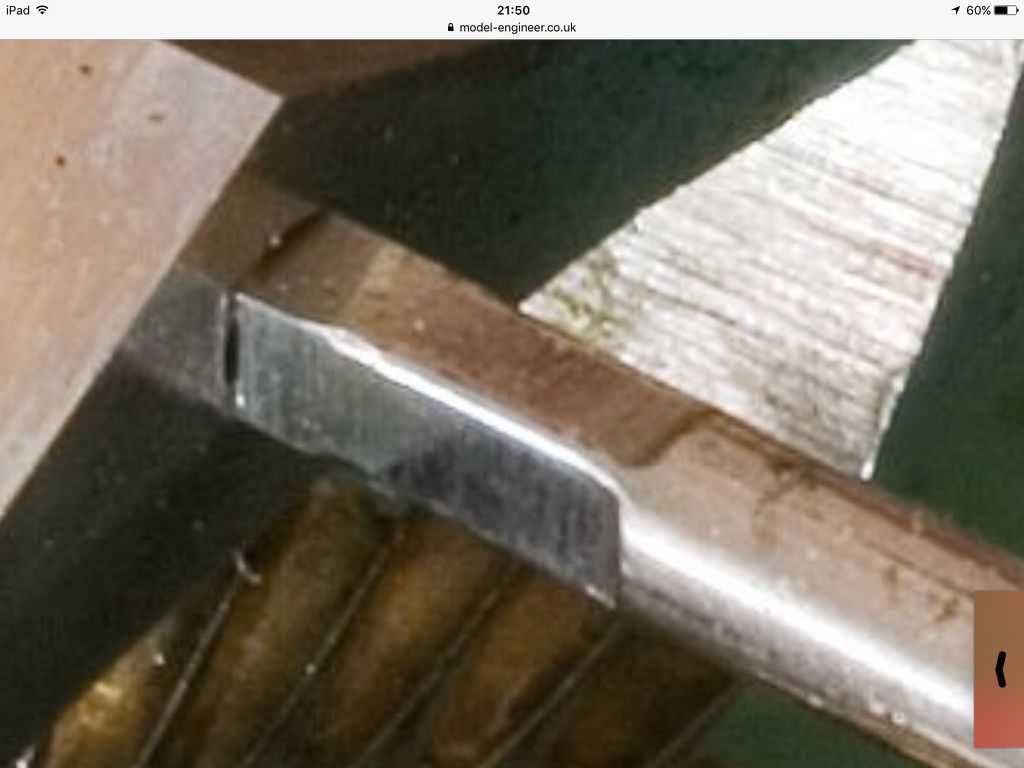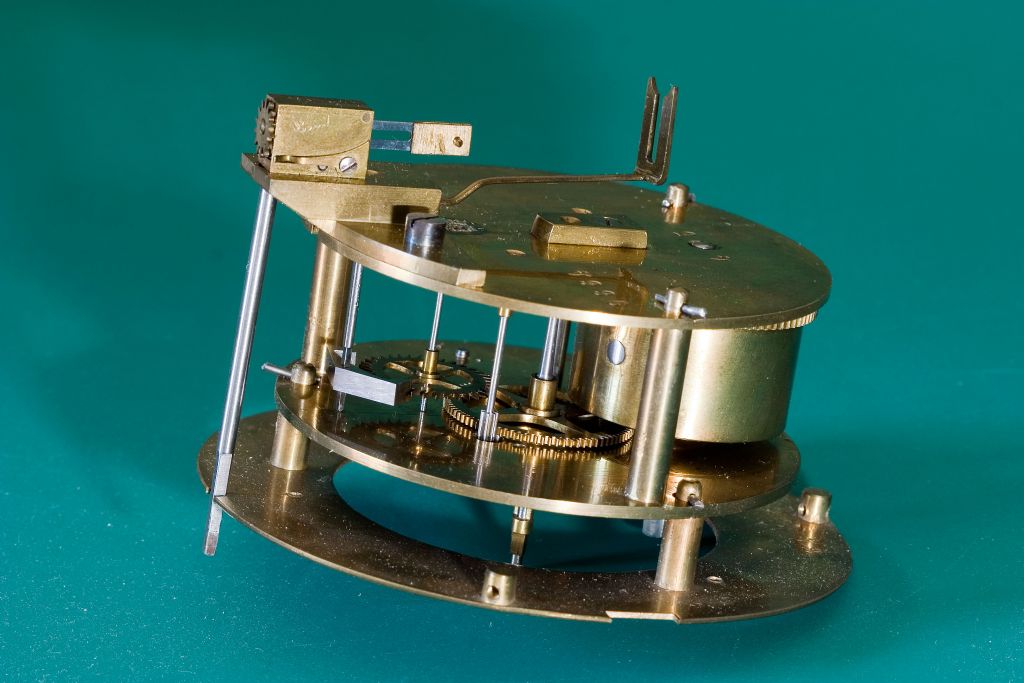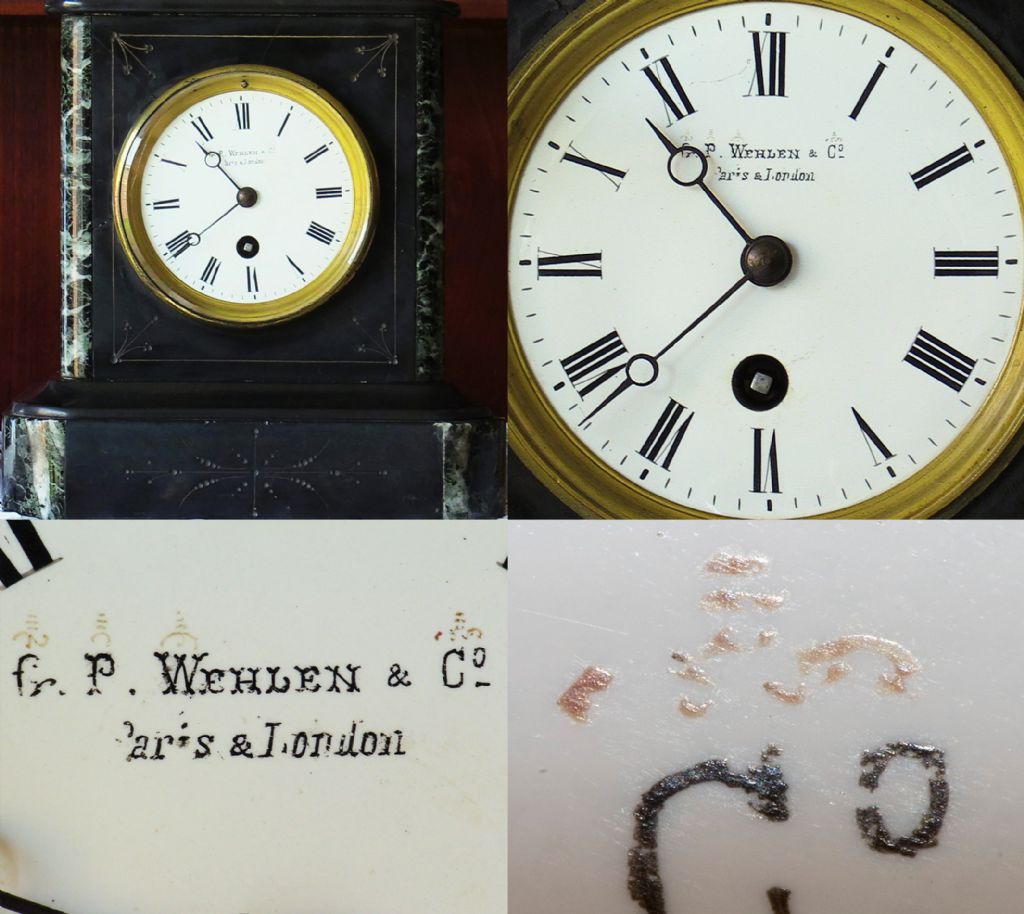It is twelve months since I opened this thread, so I thought it appropriate to provide some sort of closure.
Several things have happened. In particular have been responses from specialists from both the BHI and the AHS.
Here for reference are the main photographs that I provided for their examination …

Here [in italics] are some of their responses. They are in no particular order nor have I mentioned the names of the people that were so very helpful …
‘The important thing for the clock dial is that G. P. Wehlen was a Freemason. He was initiated in 1867 to the no. 511 or 752 Zetland Lodge, meeting in Fleet Street, and initiated again in 1882 to the no.1969 Waldeck Lodge, meeting at Freemason's Hall.’
It was also suggest that… ‘the clock was either G. P. Wehlen's personal clock, or was supplied by him to one of his fellow masons.’
Further, it was suggested that … ‘the hieroglyphs are the equivalent initials from an ancient alphabet, that the members of one or other of these lodges might have had to learn as part of their masonic study or ritual’.
In the same reply was the comment that … ‘not being a mason myself, I don't know how much the rituals vary between lodges, or whether if the particular lodge no longer exists (or if the information is too closely protected) perhaps nobody would be able to confirm’.
It was suggested that … ‘from the writing on the reverse of the dial, that G. P. W. ordered it personally from a dial painter whom he knew well and generally used in his business. If he had it made to celebrate his masonic initiation, then it might date from 1867 or 1882, and possibly the type of clock can be dated to one of these years?’
Their guess suggested 1882, but they weren’t sure about marble clocks.
Further information offered was …
‘Gustav Paul Wehlen was a jeweller and clock importer. He also appears in directories as a seller of electroplate ware. He seems to have had several fairly grand London addresses concurrently.
He was born in 1838 in the Duchy of Holstein as Johann Paul Gustav Wehlen, the son of a watchmaker Friedrich Christopher Wehlen.
Married 14.10.1871 at St. George's Bloomsbury to Frances Balls, born in Colchester, daughter of William Balls, Gentleman.
Died 26.12.1890 at 20 Hyde Park Place, Bayswater, the home of his watchmaker brother George Wehlen.’
Another reply included … ‘It is our opinion that the clock was originally meant for the far eastern market and that Gustavus Paul Wehlen, who is listed in the 1881 census as a clock importer, imported the clock before putting his own name on the dial.’
And … ‘the pale marks above the name we believe are possibly Chinese characters which were subsequently overwritten by Wehlen when he imported the clock.’
Thanks to all who contributed to this thread.
There it should rest.
Sam
BHI = British Horological Institute
AHS = Antiquarian Horological Society
Sam Stones.


